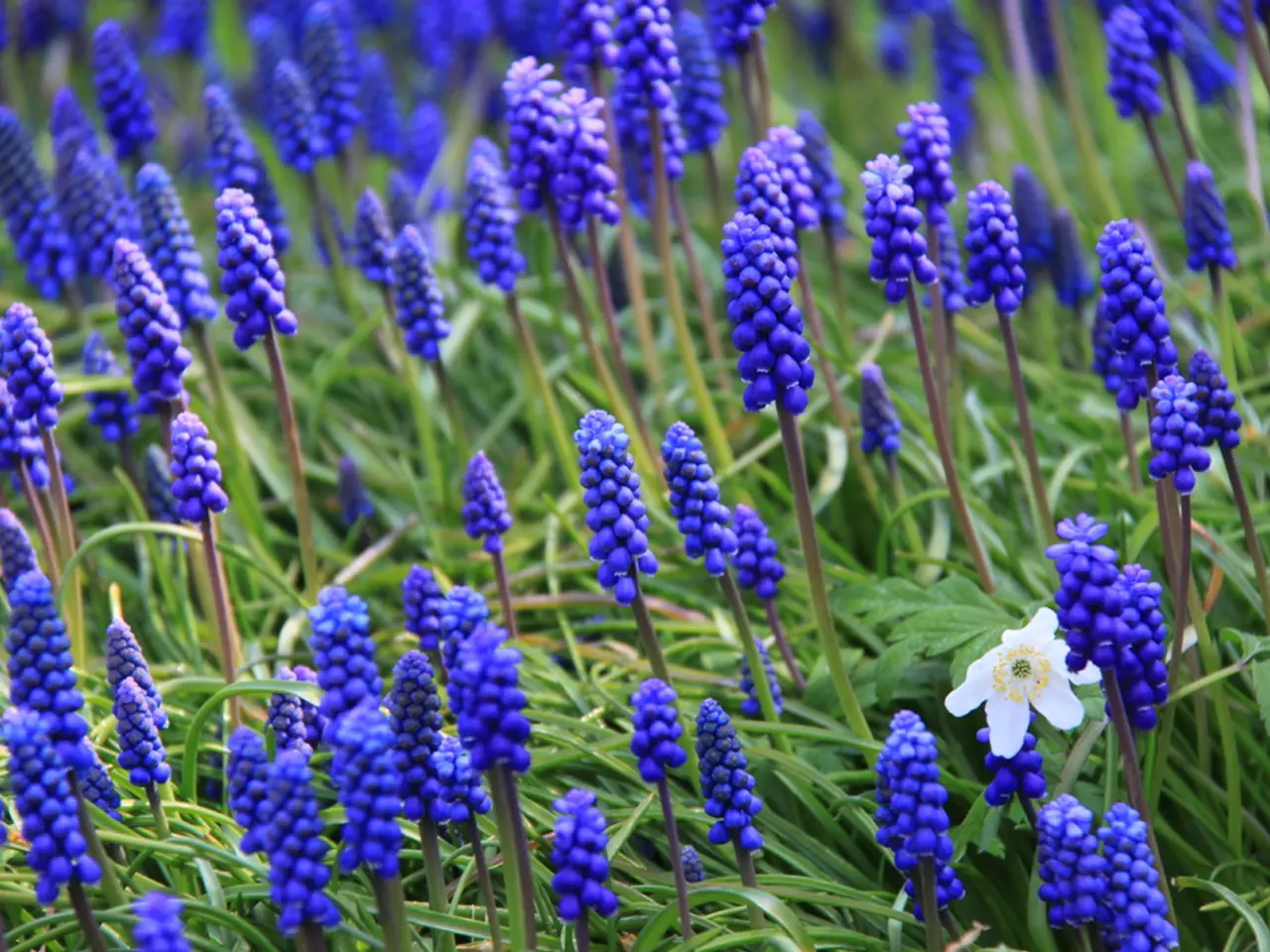Bonsai and Light Quality: Investigating the Impact of Light Quality on Bonsai Growth
Understanding the role of light in bonsai growth is crucial for cultivating healthy and vibrant trees. Photosynthesis, the process by which trees convert light energy into chemical energy, is maximized under full-spectrum light, allowing trees to grow efficiently. However, artificial lights such as fluorescent lights often lack the full range of wavelengths, potentially limiting bonsai growth and development.
The Importance of Full-Spectrum Light
Full-spectrum light closely mimics natural sunlight, creating an environment conducive to robust bonsai health and vitality. Providing 6-8 hours of indirect or supplemented artificial full-spectrum light daily helps maintain vitality, leaf vibrancy, and proper development.
The Role of Blue Light
Blue light, around 437 nm, is particularly important for bonsai growth. It optimizes the ratio of chlorophyll a and b, enhances flavonoid content and antioxidant production, and promotes compact growth and vibrant foliage. This spectrum promotes even distribution of chlorophyll, resulting in rich, vibrant foliage colors.
Considerations for Different Bonsai Species
For bonsai species differences, tropical bonsai such as Ficus and Jade prefer bright, indirect light, benefitting from a balanced light spectrum without direct harsh rays, while coniferous bonsai like Pine and Juniper thrive in full sun, implying exposure to a broader and more intense light spectrum.
Strategies for Light Management
To guarantee even light distribution, rotate your bonsai every 1-2 weeks. Place your bonsai 12-18 inches from the light source to achieve ideal growth, balancing brightness and heat exposure. Strategically placing mirrors can increase available illumination, but consider the risk of intense hotspots and reflected glare.
Choosing the Right Light Source
When choosing a light source, consider the intensity, spectrum, duration, and distance to replicate the beneficial spectrum in indoor or outdoor settings. LED grow lights offer a versatile and energy-efficient option for indoor bonsai cultivation, providing bright indirect light that promotes healthy growth and development.
The Impact of Insufficient Lighting
Inappropriate light spectrum or insufficient light intensity can lead to weakened growth, sparse or enlarged leaves lacking color vibrancy, and poor overall health of the bonsai tree. Artificial grow lights optimized with high photosynthetic photon efficiency (PPE) and specific wavelength peaks like 437 nm (blue) contribute positively to bonsai care indoors by mimicking optimal natural lighting conditions.
In conclusion, the specific effects of various light spectra on bonsai trees can be summarized as follows:
| Light Spectrum | Effect on Bonsai Growth and Development | |----------------|----------------------------------------------------------------| | Blue light (437 nm) | Enhances photosynthesis efficiency; promotes compact growth and antioxidant production; improves leaf color and health[3]. | | Full-spectrum light | Mimics natural sunlight; vital for overall growth, leaf coloration, and vitality; especially important indoors[1]. | | Red light | Supports flowering and elongation (general plant effect, less specific data on bonsai). | | Intensity & Duration | Adequate intensity (6-8 hrs indirect natural or equivalent artificial) prevents sparse growth and leaf damage[1]. |
Adjusting light spectrum and intensity according to species (tropical vs. coniferous) and environment ensures optimal bonsai tree health and aesthetic development. Natural sunlight provides an unparalleled spectrum of wavelengths, effortlessly catering to the diverse needs of bonsai trees, fostering healthy growth, vibrant foliage colors, and robust root development. Full-spectrum light has been shown to enhance root development, increase resistance to disease, and promote overall tree vigor.
Read also:
- Budget cuts at federal and state levels jeopardize advancements in fighting HIV and AIDS within Dallas County
- Strategies for Maintaining and Boosting Physical Activity as You Grow Older
- Understanding Prediabetes: A Precursory Condition to Diabetes
- Strategies for Strengthening a Nigerian Infant's Immune System







